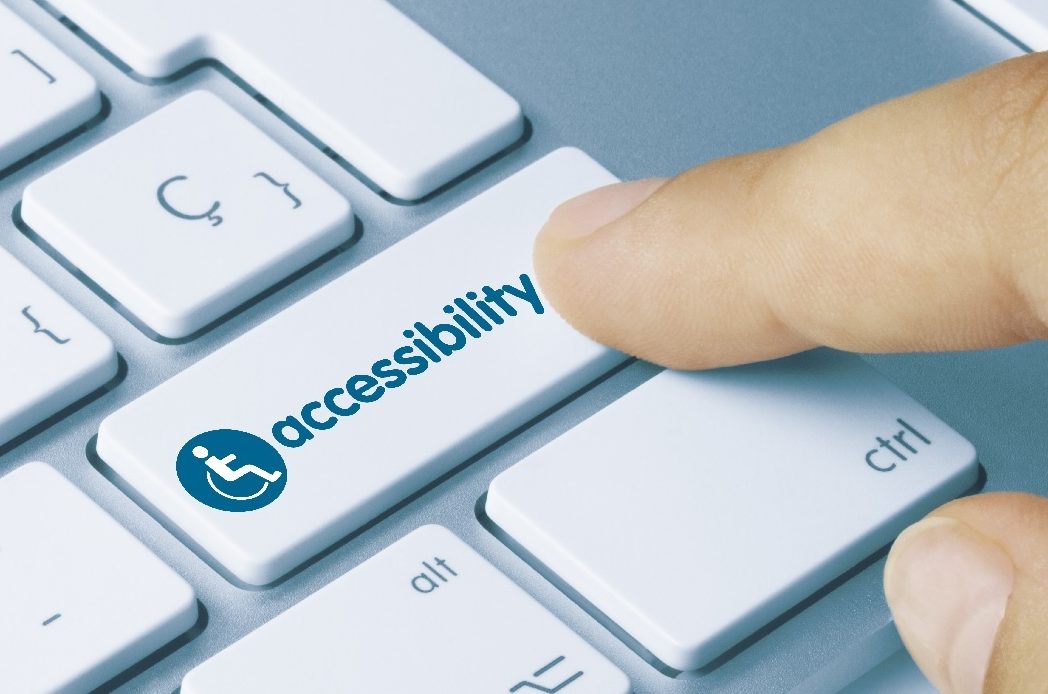Web accessibility issues should be something that all team members should be considering, with an across-the-board approach to ensure that users with disabilities are able to get the help they need at every potential touchpoint.
While it’s important for all team members to have web accessibility training, the reality is that some departments will have a more hands-on role in your web accessibility roadmap. It’s essential to offer them web accessibility education as a priority, which should include ongoing training.
There are three departments that may work with digital accessibility more than any other: Your development team, your content team, and your UX/UI team. Let’s look at what their roles are and what accessibility ussies they commonly address.
The Development Team
The development team handles a large number of web accessibility issues.
The most common issues they may need to tackle include the following:
- Lack of bypass blocks, which prevent users from navigating to relevant parts of the site. This WCAG’s Success Criteria 2.4.1.
- There’s a wrong focus order or visible focus, which prevents users from knowing exactly where they are on the page. UX/UI may also be involved here, and it involves WCAG Success Criteria 2.4.3 and 2.4.7.
- A lack of field labels, which make it difficult for users relying on screen readers to understand information that needs to be input into fields on forms. This involves WCAG Success Criteria 3.3.2.
- Problematic pop-up overlays, which aren’t announced to VoiceOver and can then trap keyboard users if there are no way to exit it. In many cases, numerous WCAG Success Criteria are violated with this.
The Content Team
The content team is responsible for creating online text and video content, and it’s essential that they understand how to ensure that all digital resources are accessible.
These are the common accessibility issues that the content team is typically responsible for:
- Missing text alternatives for non-text media. Images, including clickable buttons on your site, need to have alternative text so that users with screen readers are able to understand context and navigate your site. This falls under WCAG Success Criteria 1.1.1.
- Having images of text on the site. Images of text can’t be read by screenreaders, and are typically impossible to perceive by users with low vision. UX/UI may be involved here, and it violates WCAG Success Criteria 1.4.5.
- Including links without sufficient information about where it takes users to. Screen readers should be able to understand that they’re clicking on and where it will take them. Again, UX/UI may be involved. This involves the WCAG Success Criteria 2.4.4.
- Videos without captions or audio descriptions. You need closed captions and (if relevant) audio descriptions to create video content that’s accessible for both deaf and blind users. Make sure to also include screen-reader-friendly transcripts. You can learn more by checking out the WCAG Success Criteria 1.2.2 and 1.2.3.
The UX/UI Team
Your UX/UI team are heavily involved in creating an appealing, intuitive digital user experience, including site and mobile user interfaces. It only makes sense that they’ll play an important role in digital accessibility.
These are the two common accessibility issues that they will often be responsible for:
- Not enough color contrast. If you’re using light pink text on a light purple background, anyone will struggle to read it, but it may become nearly impossible for low-vision or colorblind users. You can check out the WCAG Success Cirteria 1.4.3 to learn more about color contrast.
- Headings that are only used for stylistic purposes, or that are out of order. Users need to be able to understand the way that content is organized so they can quickly access the information. Make sure your headings have a purpose and are in a progressive order according to the WCAG Success Criteria 2.4.6.
Who Else Should Be Part of Your WEB Accessibility Plan
Ultimately, your entire team will need to be part of your accessibility plan, or at least have basic accessibility training.
This includes having executives who understand the importance of accessibility programs and customer service or sales team members who understand how to accommodate customers with disabilities.
In addition to everyone discussed so far, here are the additional departments and team members who will likely play an active part in your organization’s disability plan:
- Customer service teams will need to know how to assist customers from the disability community if they’re struggling with the site or mobile app
- Your QA team needs to be testing using assistive technology and tools like UsableNet’s AQA platform, or know how to work with users relying on assistive technology
- Your marketing teams must ensure customer emails, social media posts, and more are all accessible
- Executives need to recognize and stress the importance of accessibility to the company and its customers
- Product owners and project managers need to ensure that accessibility is prioritized both in initial projects and ongoing maintenance
WEB Accessibility is a Journey
Web accessibility is a wide-reaching and ongoing effort that will be distributed across your entire organization. While it’s a big undertaking, it’s also an essential one, and it should be prioritized as such. Fortunately, there are plenty of tools and resources available that can help your brand succeed, even if you’re just getting started.
Want to see how web accessibility testing and solutions can help your team? Check out our services here.







